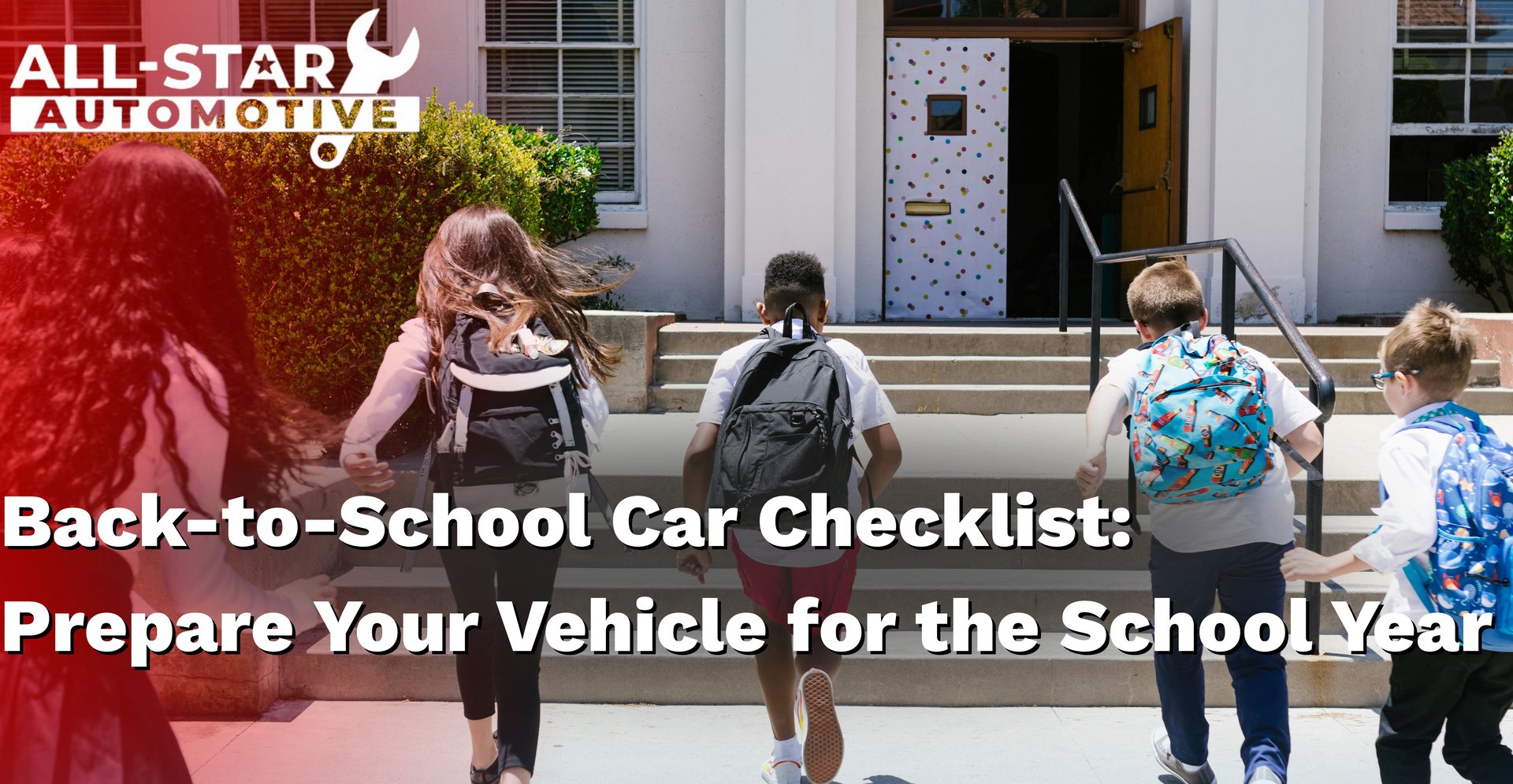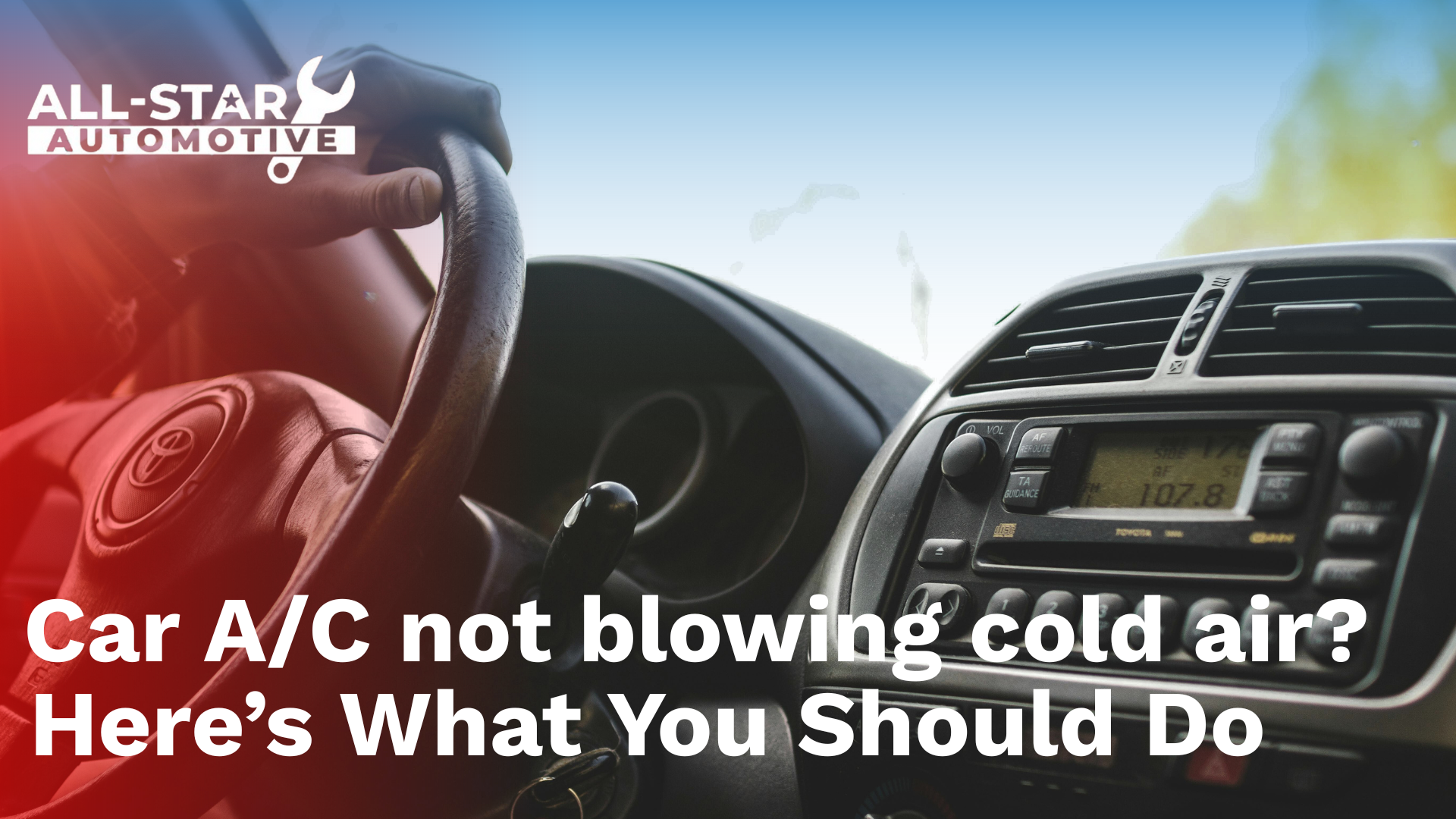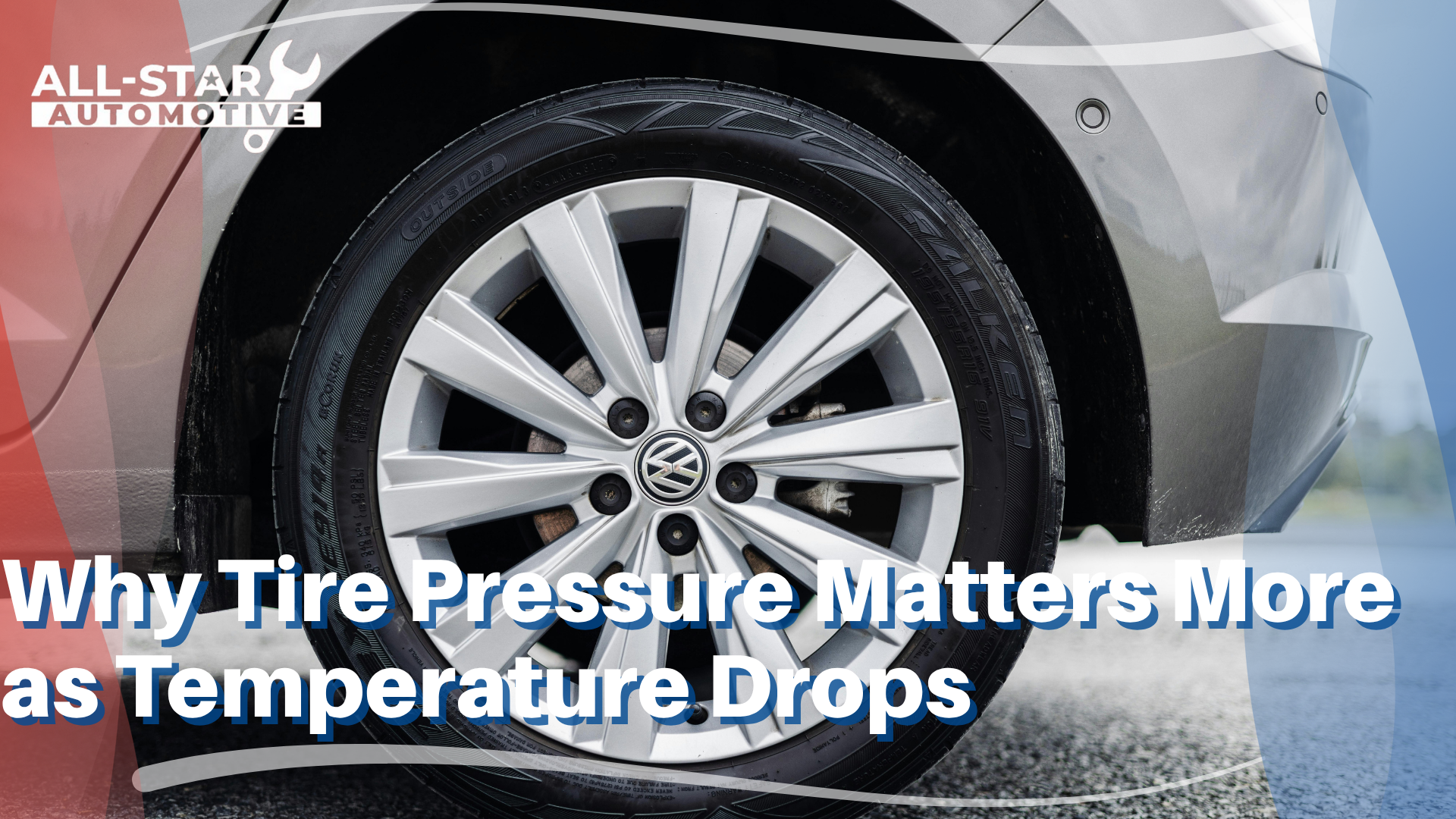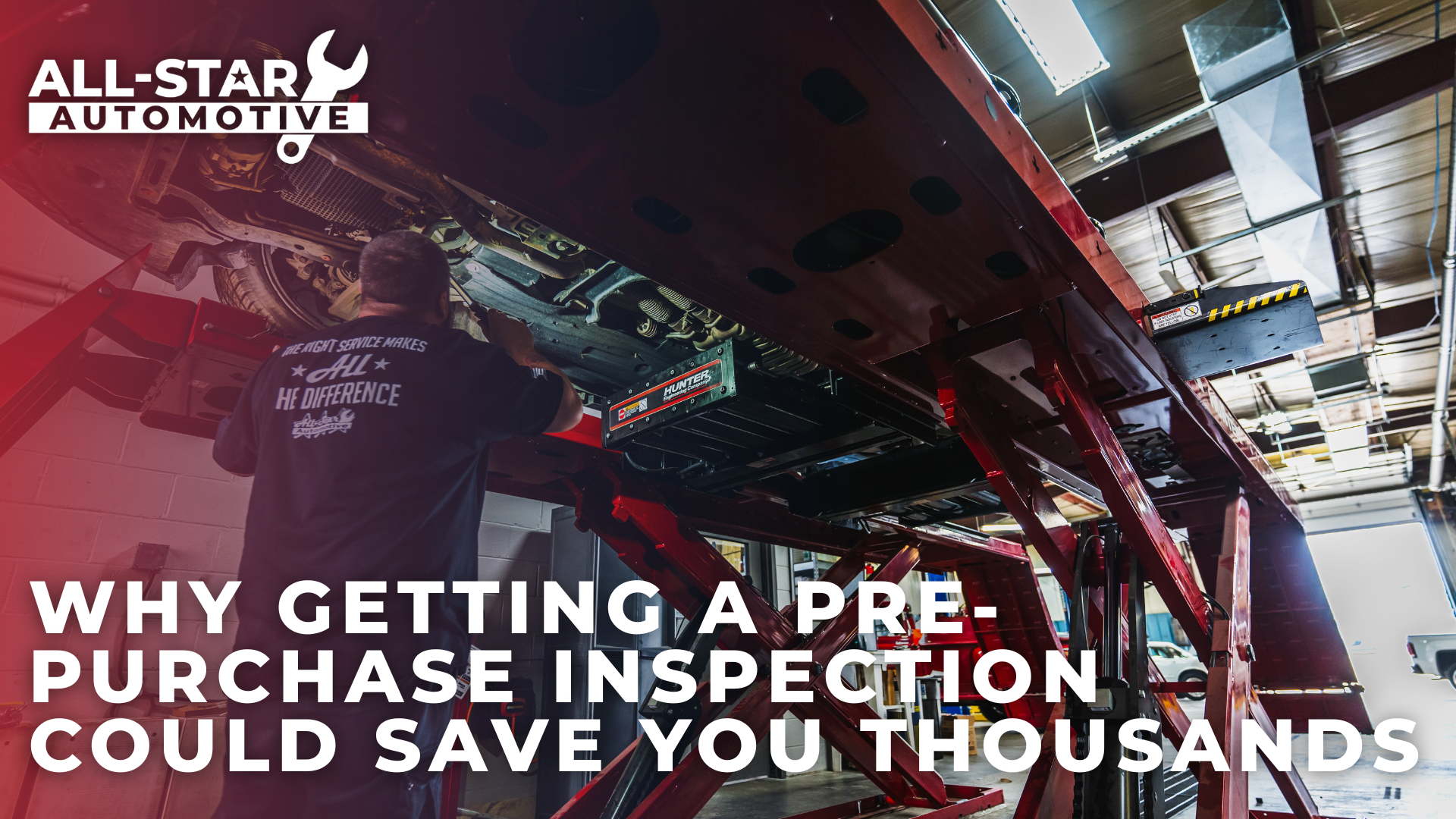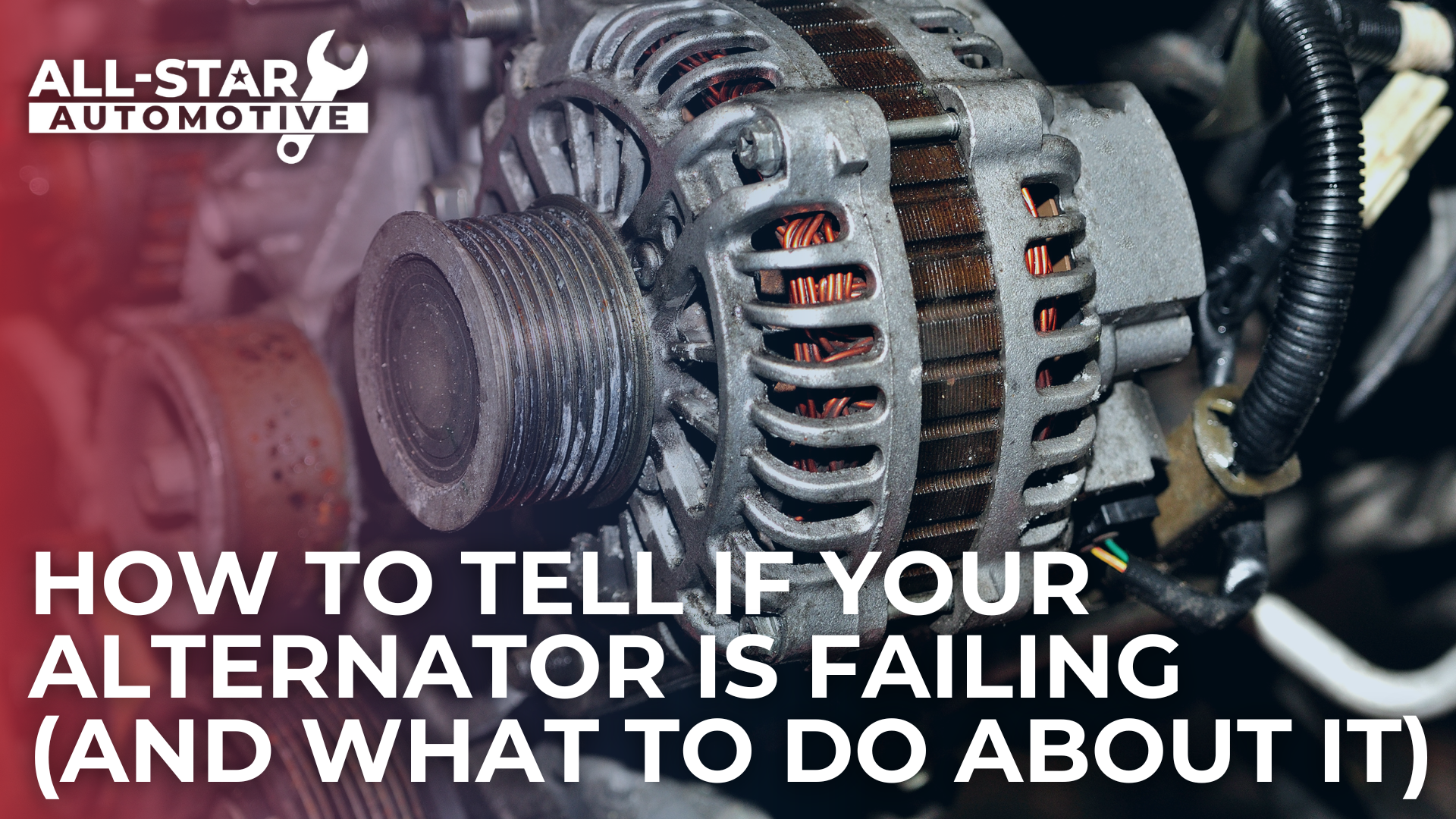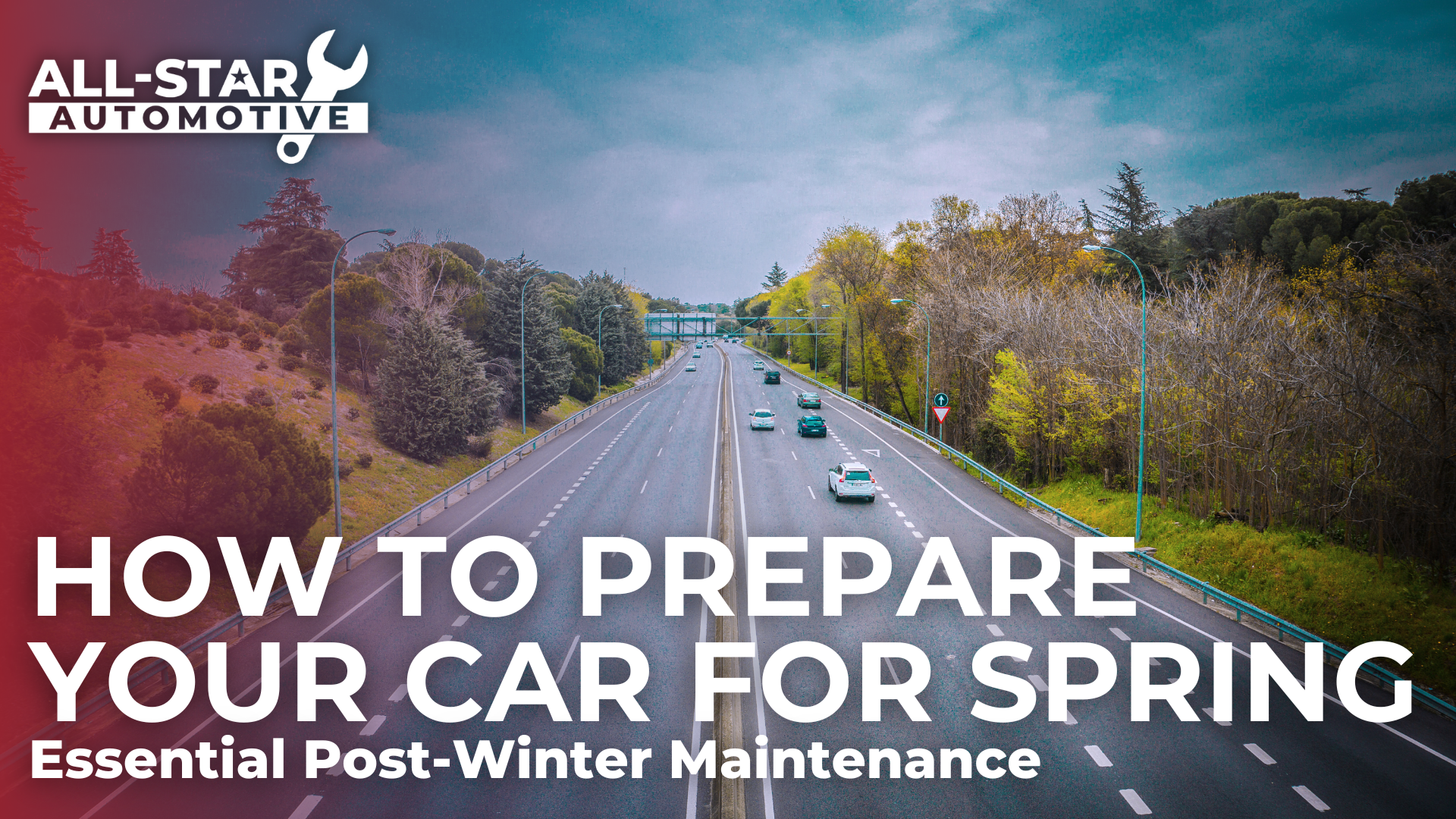Spring Car Safety Inspections: Our Essential Checklist for Safe Driving This Season
As the weather warms up and driving conditions change, it’s crucial to prioritize the safety of your vehicle. Spring is an ideal time to schedule a comprehensive safety inspection to ensure that your car is in top condition for the months ahead. Here are some key areas that should be included in a spring car safety inspection:
Brakes: Inspect brake pads, rotors, calipers, and brake fluid levels. Worn brake pads or fluid leaks can compromise braking performance, so it’s essential to address any issues promptly.
Suspension and Steering: Check for signs of wear or damage in the suspension system, including shocks, struts, bushings, and control arms. Also, examine the steering components for any looseness or unusual noises when turning the wheel.
Tires: Inspect tire tread depth, sidewalls for damage, and overall tire condition. Ensure that tire pressure is at the manufacturer’s recommended levels and consider rotating tires if necessary. Spring is also an excellent time to switch from winter tires to all-season or summer tires if you haven’t done so already.
Lights and Signals: Test all exterior lights, including headlights, taillights, turn signals, brake lights, and hazard lights. Replace any burnt-out bulbs and ensure that lenses are clean and free of cracks or debris.
Fluid Levels: Check fluid levels, including engine oil, coolant, transmission fluid, brake fluid, and windshield washer fluid. Top off fluids as needed and inspect for any signs of leaks or contamination.
Battery and Charging System: Test the battery voltage and inspect the terminals for corrosion or buildup. Ensure that the alternator and charging system are functioning correctly to prevent unexpected battery failures.
Belts and Hoses: Inspect belts for signs of wear, cracking, or fraying, and check hose connections for leaks or damage. Replace worn belts or hoses to prevent potential breakdowns while driving.
Air Conditioning System: Test the air conditioning system to ensure that it’s cooling effectively. Inspect for leaks, check the refrigerant level, and clean or replace the cabin air filter for optimal airflow.
Emergency Kit: Lastly, review and update your vehicle’s emergency kit for the spring season. Include essentials such as a first aid kit, jumper cables, flashlight, tire repair kit, and extra water and snacks for longer journeys.
By prioritizing these safety checks, you can help ensure that your vehicle is ready to handle the challenges of spring driving safely and reliably. Schedule a professional inspection here at All-Star Automotive and we’ll address any concerns to help you enjoy peace of mind on the road ahead.
